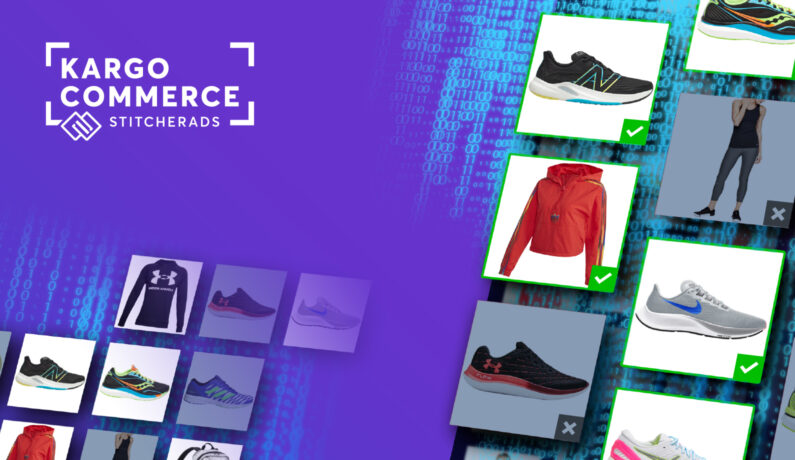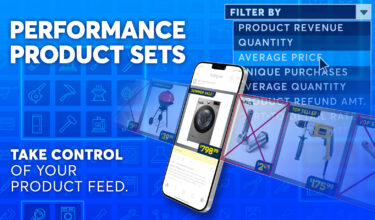It’s the most wonderful time of the year! Consumers worldwide are readying their pocketbooks and wallets for the impending holiday season. For retailers, this time of year is already busy and can be particularly challenging (for shoppers, too) as global uncertainties can impact even the best-laid plans. Regardless, this year’s holiday shopping is looking to be a massive boon for retailers.
Selling products through social media platforms has become one of the most popular mediums for brands to get in front of consumers. With social sales forecasted to hit $992 billion in 2022, there is a massive opportunity for brands to sell on social (if they aren’t already!). However, for advertisers using Meta and other social media platforms for their paid campaigns, the algorithms that control which products are featured in unit provide little transparency and flexibility – ie. you’re served an ad for a home improvement retailer, but one of the first products promoted is a candy bar. Retailers need to look beyond Meta’s backend to get the control and insights they need to maximize their outcomes.

Product Feed Challenges Impacting Marketers
Although social creates a great opportunity for marketers to get their brand out there, it doesn’t come without its fair share of challenges:
- Stuck in the learning phase: Swapping out ad messaging and imagery creates instability when it comes to learning and insights, sending your campaign back to zero and thwarting its performance.
- Supersized product feeds: Utilizing too large of a product feed makes it difficult for the native algorithm to prioritize, often resulting in inexpensive or unimportant merchandise being shown.
- Loss of signal: iOS14 and the looming death of the cookie have created data loss through various signals – putting advertisers in a tough spot when tracking users as accurately and measuring attribution.
- Lack of product transparency: Without insight into product-level performance and control over which products are being promoted by Meta’s platform, marketers lack the key insights to optimize and prioritize their campaigns to maximize ROAS.
Monitoring and maintaining product feed campaigns requires such significant time and resources that is simply unsustainable, leaving marketers with no choice but to default to Meta’s automated platform and compromise on performance.
Kargo Commerce’s Performance Product Sets and Product Views solve this by providing a level of transparency and control unmatched in the marketplace, ultimately putting the marketer back in the driver’s seat.
Take Control of Your Feed
Kargo Commerce’s proprietary data technology helps you build smarter, more effective campaigns. With an array of filters to choose from, Performance Product Sets enables brands to efficiently make informed selections to build out granular product sets. These conditions include margin, price, quantity, etc. Product Views provides product-level data and insights, making it easier than ever for marketers to maximize performance through real-time optimizations.
Use Performance Product Sets and Product Views to:
- Adapt for supply chain issues: Ensure your top performers are in stock by combining Performance Product Sets and catalog filters.
- Solve for loss of signal: Combat poor product recommendations and gain signal by analyzing product-level performance.
- Skip the learning phase: Maximize the benefits of machine learning through minimal disruption.
- Promote best sellers: Build high-performing product sets based on your best sellers.
Interested in learning more about our eCommerce solutions? Request a demo to see how Kargo Commerce can help optimize your ad spend.



